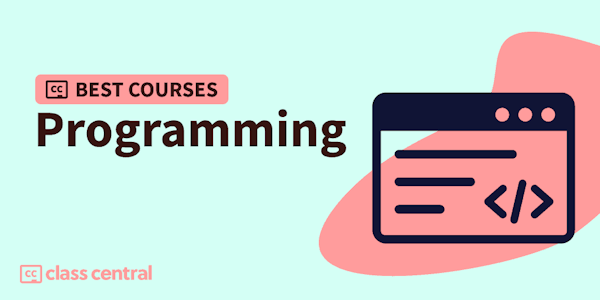Overview
Information and communication technologies (ICTs) systems now dominate our everyday lives. This free course, Introducing ICT systems, will explain what constitutes such a system and how ICT systems work. You will also look at how ICT systems convey, store and manipulate data, and how they process data. Finally you will learn how these systems are used.
Syllabus
- Introduction
- Learning outcomes
- 1 Describing an ICT system
- 1 Describing an ICT system
- 2 Exploring systems
- 2 Exploring systems
- 2.1 Introduction
- 2.2 A system map
- 2.2.1 Subsystems
- 2.2.2 Drawing the boundary
- 2.3 Models of an ICT system
- 3 Communication systems
- 3 Communication systems
- 3.1 Introduction
- 3.2 Looking into the 'means of conveying a message'
- 4 System components
- 4 System components
- 4.1 Introduction
- 4.1.1 The transmitter
- 4.1.2 The network
- 4.1.3 The receiver
- 5 The processes
- 5 The processes
- 6 Communication links
- 6 Communication links
- 6.1 Networks
- 6.2 Working with bits
- 7 Describing an ICT system: conclusion
- 7 Describing an ICT system: conclusion
- 8 Computers
- 8 Computers
- 9 A stand-alone computer
- 9 A stand-alone computer
- 10 Sending and receiving data
- 10 Sending and receiving data
- 10.1 Introduction
- 10.2 Ports
- 11 Manipulating data
- 11 Manipulating data
- 11.1 Introduction
- 11.2 The processor
- 11.3 Memory
- 11.4 Computer software
- 11.5 Programming languages
- 11.6 Operating systems
- 11.7 Applications
- 12 Storing data
- 12 Storing data
- 12.1 Introduction
- 12.2 Bytes of data
- 13 Different types of storage
- 13 Different types of storage
- 13.1 Introduction
- 13.2 Magnetic storage
- 13.3 Optical storage
- 13.4 Flash memory
- 14 Networked computers
- 14 Networked computers
- 14.1 Introduction
- 14.2 Modelling networked computers
- 4.2.1 First computer (your computer)
- 4.2.2 Network
- 4.2.3 Second computer (the FirstClass server)
- 14.3 Personal Digital Assistants
- 15 Computers and communication systems working together
- 15 Computers and communication systems working together
- 16 ICT systems in a supermarket
- 16 ICT systems in a supermarket
- 16.1 Introduction
- 16.2 Processes at the checkout
- 16.2.1 Receiving data
- 16.2.2 Storing and retrieving data
- 16.2.3 Manipulating data
- 16.2.4 Sending data
- 16.3 Networked computers in the supermarket checkout system
- 16.4 The network
- 16.5 The database server
- 16.6 Pricing and stock control
- 16.7 A loyalty card scheme
- 16.8 Linking data
- 16.9 Identity in an ICT system
- 17 Taking an overview of ICT systems
- 17 Taking an overview of ICT systems
- 17.1 Introduction
- 17.2 The checkout terminal
- 17.3 The network
- 17.4 The database server
- 18 Electronic commerce
- 18 Electronic commerce
- 18.1 Introduction
- 18.2 Using e-commerce
- 19 Conclusion
- 19 Conclusion
- References
- Acknowledgements
Tags
Reviews
4.5 rating, based on 2 Class Central reviews
4.2 rating at OpenLearn based on 44 ratings
Showing Class Central Sort
-
The ICT class provided a comprehensive and engaging learning experience. The curriculum was well-structured, covering essential topics like coding, digital literacy, and cybersecurity. The hands-on projects and real-world applications helped solidif…
-
It has some good information which was really much interesting. I cover the whole concept and I think this can give you proper awareness about the IT items.


